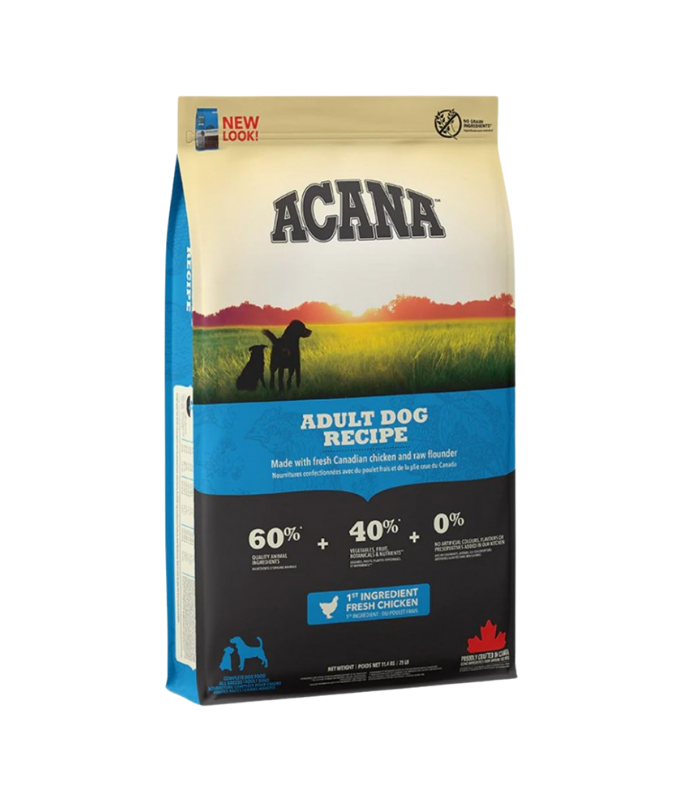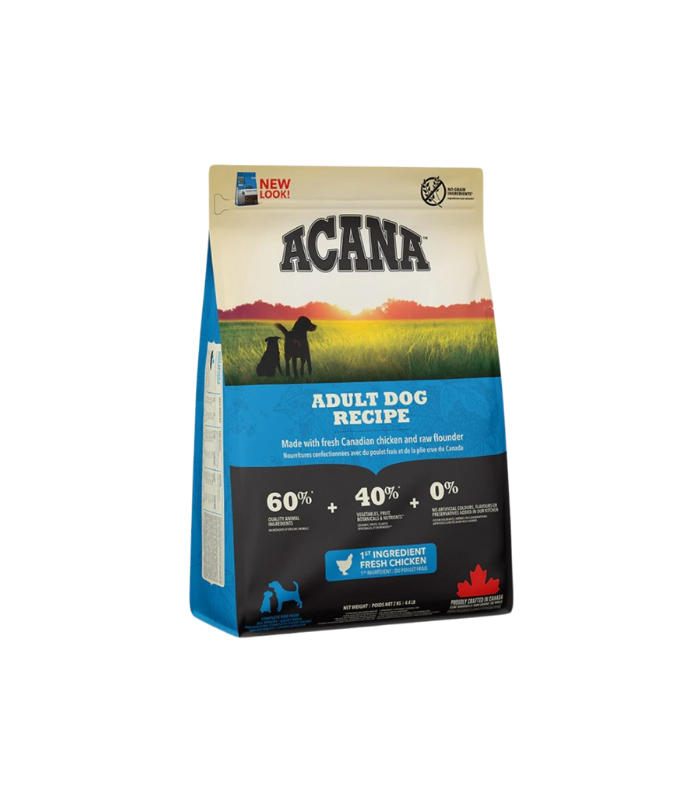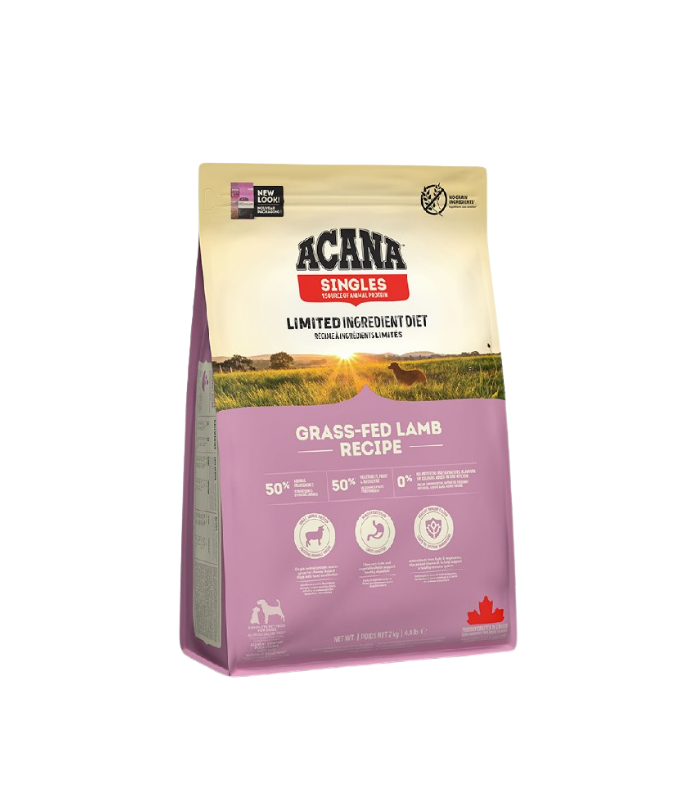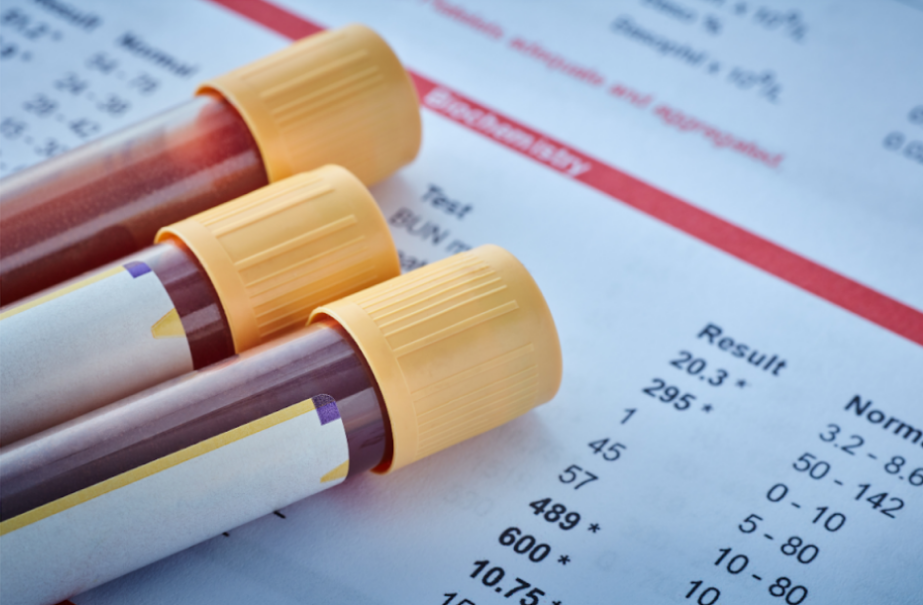“But My Pet Looks Fine!” — Why Annual Check-Ups Are a Must

“But My Pet Looks Fine!” — Why Regular Vet Check-Ups Are More Important Than You Think
If you’re like most pet parents, you probably bring your pet to the vet when something’s wrong — maybe they’re not eating, they’re scratching a lot, or they’ve just vomited on the couch… twice. But here’s the thing: by the time pets show obvious signs of illness, the problem might already be well on its way.
Pets are really good at hiding pain and discomfort — it’s just part of their instincts. That’s why regular veterinary check-ups are so important, even if your dog or cat seems perfectly healthy on the outside.
So. What Actually Happens at a Check-Up?
Think of it like a full-service inspection for your furkid:
- A head-to-tail physical exam
- Weight and body condition check (Is that belly fluff or fat?)
- Heart and lung check
- Teeth and gums review (yes, that breath matters!) https://sgipi.utch.edu.co/
- Skin, coat, ear, and eye check
- Vaccination update
- Parasite prevention (fleas, ticks, heartworm — yikes!)
- Nutrition and lifestyle tips
- Mobility check https://link.space/@oyo4dslotEven young pets can have arthritis issue
- And sometimes, a little blood or pee test
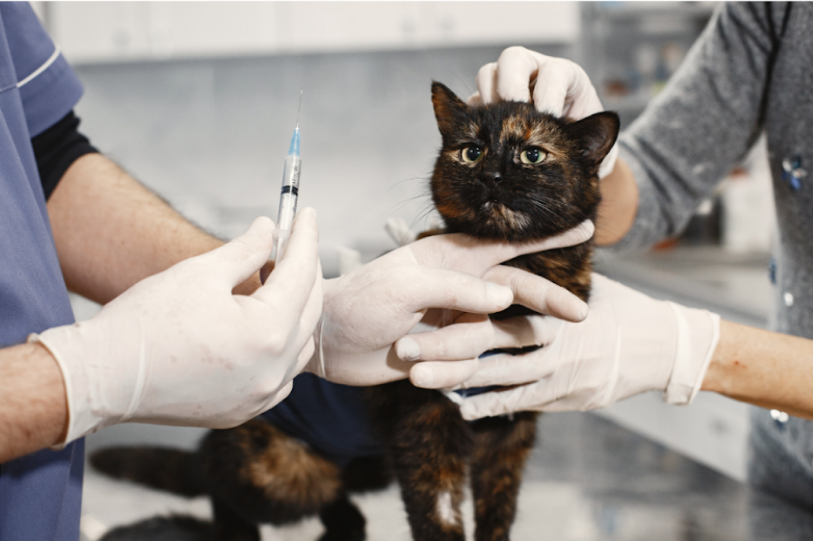
📅 How Often Should My Pet Get a Check-Up?
| Pet Age & Type | How Often | Why? |
| Puppy/Kitten (<1 yr) | Every 3–4 weeks until fully vaccinated, then every 6–12 months | Growth tracking, vaccines, parasite control, early problem spotting |
| Adult (1–6 yrs) | Once a year | Great for catching hidden issues early, tracking weight, track internal organs health with blood test and updating vaccines |
| Senior pets (7+ dogs, 10+ cats) | Every 6 months | Aging comes fast in pets — early signs of kidney/liver problems, arthritis, or cancer might sneak in quietly |
💡 Pro tip: Senior pets may need blood tests every 6–12 months too — more on that in the next article!
But What If My Pet Is “Healthy”?
That’s great! Regular check-ups help keep them that way.
Even if nothing is wrong, we can establish what’s normal for your pet. That way, if something starts to go off track — even just a little — we’ll catch it early.
A check-up today could save your pet from pain, complicated treatment, or a health crisis later on. Prevention isn’t just better than cure — it’s often cheaper too.
Regular vet visits are about more than just “fixing problems“.
They’re about helping your pet live longer, feel better, and stay by your https://heylink.me/sosmedofficialoyo777 side for as many happy years as possible.
🧡 Remember: Detecting problems early often means less suffering and lower vet bills. Win-win.
Extra Reasons to Come In (Even If It’s Not “Annual Time”):
- Appetite/weight change (even minor!)
- Behavioural changes
- Skin issues or scratching
- Increased thirst or urination
- Limping or stiffness
- Bad breath or drooling
- Lethargy
Most pet parents assume these are “normal aging” — but they’re often signs of treatable conditions.








